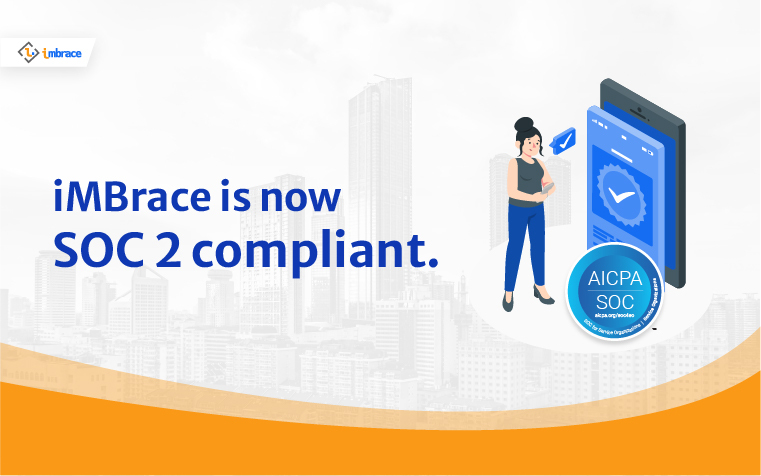Overview
"Welcome to the world of Salesforce integration! If you are a business owner or a tech enthusiast, chances are you have heard about Salesforce and its powerful capabilities. But what exactly is Salesforce integration, and how can it benefit your business? In this blog post, we will explore Salesforce integration and its various types. We will also uncover the step-by-step process to seamlessly integrate with this popular CRM platform. Whether you're new to Salesforce or seeking ways to optimize your existing system, stay tuned for valuable insights. We'll guide making the most out of your integration journey. So let's dive in without further ado! "
Does Salesforce integration require coding?
Salesforce's integration is a crucial aspect of maximizing the potential of this powerful CRM platform. Many businesses are eager to harness the power of Salesforce and its robust features. They are also excited about its seamless connectivity with other systems and applications. However, a common question that arises when it comes to Salesforce integration is whether coding skills are required.
Some integration options do not need extensive coding knowledge
The good news is that Salesforce offers various integration options, some of which do not need extensive coding knowledge. By using the Salesforce Connect and App Exchange apps, the users will be able to integrate data sources into Salesforce. The best part is that no coding is required for this integration.
With Salesforce Connect, users can create virtual objects within their Salesforce org. These objects represent external data sources, including databases and web services. This eliminates the need for complex coding. You can access real-time data from these sources within your Salesforce instance.
App Exchange apps provide pre-built integrations with popular third-party applications. These applications include Google Suite, Microsoft Outlook, and Dropbox. These apps often provide intuitive interfaces. Users can easily configure the integration settings without any coding experience.
Custom integrations or complex workflows may require a certain level of coding expertise
However, in some cases, custom integrations or complex workflows may require a certain level of coding expertise. Therefore, experienced developers can create custom solutions using languages like Apex or JavaScript. They can leverage Salesforce’s APIs (Application Programming Interfaces) to achieve the desired integration.
Basic Salesforce integration can be achieved without coding using point-and-click tools. Additionally, pre-built app integrations from the App Exchange marketplace simplify the process. However, advanced customization may require some programming skills. To achieve a successful integration process, it is important to assess the specific requirement. If necessary, seek expert advice to ensure a seamless integration.

The Different Types of Salesforce Integration
Salesforce's integration can transform businesses by streamlining operations and enhancing efficiency. But before diving into the steps of integration, it's important to understand the different types available.
- Point-to-Point Integration:
This is a basic form of integration where two systems are connected to exchange data. It’s simple and effective but lacks scalability as adding more systems can become complex. - Middleware Integration:
The Middleware platform acts as an intermediary between Salesforce and other systems. It enables seamless data exchange by transforming and routing information between multiple applications. - API Integration:
Application Programming Interfaces (APIs) enable systems to communicate and exchange data using standardized methods. With Salesforce’s robust APIs, businesses can integrate with various third-party applications effortlessly. - Data Import/Export:
This type involves importing or exporting bulk data using Salesforce’s Data Loader tool. It’s useful when migrating from legacy systems or performing one-time data transfers. - Real-Time Event-Driven Integration:
This method enables real-time synchronization between Salesforce and external systems. It ensures up-to-date information across platforms without delays.
Each type has its strengths and uses cases, depending on business needs and requirements. Understanding Salesforce integration options helps businesses choose the right approach for their needs. This can enhance productivity and drive growth.

The Steps of Salesforce Integration
Salesforce’s integration can be complex. But, by following the right steps, you can ensure a seamless integration that enhances your business operations. Here are the essential steps to consider when integrating Salesforce with other systems:
- Define Your Integration Goals:
Start by identifying why you need to integrate Salesforce with another system. Clear goals are essential for guiding your integration strategy. Having a clear vision is essential for improving data accuracy. It also enables businesses to enhance customer experience and streamline processes effectively. - Choose the Integration Method:
There are various methods for integrating Salesforce. Including those point-to-point integrations and using middleware platforms like MuleSoft or Dell Boomi. Evaluate your requirements and select the most suitable method for your organization. - Plan Your Data Mapping:
Determine how data will flow between systems during integration. Map out fields and objects in both systems to ensure seamless data transfer while maintaining integrity. - Configure Security Settings:
Prioritize security by setting up appropriate access controls and permissions. Enable users to be involved in the integration process. - Develop Custom Code (if necessary):
To achieve specific functionalities during integration. Usually, custom development is required depending on the complexity. As custom code development may be required to achieve specific functionalities during integration. - Testing & Quality Assurance:
Test the integration processes before deploying them into the production environment. This includes testing different scenarios and error-handling capabilities. - Deploy & Monitor:
Once tested, deploy the integrated solution into your live environment. While monitoring the performance of the post-deployment.
By following these steps and considering your unique requirements. You achieve successful Salesforce integration. This integration will enhance data exchange and boost productivity in your organization.
Conclusion
Salesforce's integration is important for improving productivity and data flow across systems. Businesses have various options, including coding or user-friendly tools, to achieve successful integration. By setting goals, businesses can clarify their integration objectives. Choosing the right method, mapping data, and testing are crucial steps to streamline processes. By utilizing Salesforce resources and community support, businesses can unify customer data. This, in turn, leads to increased efficiency and customer satisfaction. Start exploring Salesforce integration for better business success. Check this to learn more about How does API integration work in Salesforce .
Join iMBrace and increase your productivity.



